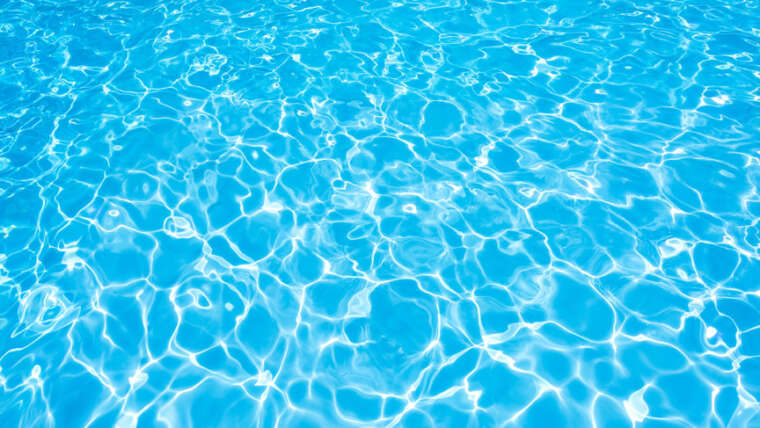Water quality is the most important issue you need to be concerned with in taking care of your pool. This does not simply mean that you can see the bottom of the pool. There are a number of elements to this equation. Out of balance water is either scale forming or corrosive.
Scale Forming Water
Scale forming water causes a crusty mineral build up on the pool surfaces, insides some type of plumbing and especially in heat exchanger of your pool heater. The average heater exchanger should last from five to seven years. If your water is scale forming that exchanger could be clogged in one season, even in one month is the condition is severe. Add $1200.00 to the cost of that exchanger and you could buy a new heater, tax and labor not included. When you let your water become scale forming you’re making it possible for me to wine and dine my wife at upscale restaurants.
Corrosive Water
Corrosive water destroys the finish on the pool which allows contact with the structure causing wall rot, degradation of the grout between the tile causing it to fall off, damage to metal plumbing and pump parts and rot of the heat exchanger in the heater which often leads to terminal damage to the burner tray. Add the cost of the exchanger and burner tray together and you’ve just spent more than the price of a new heater, tax and labor not included. The cost of repairing the items mentioned at the start of this paragraph is even worse. Repairing pool structures and finishes can approach building costs. And you can forget just filling the pool in with dirt. There are code requirements mandating removal of the structure in most places. If enough of you allow your water quality to become corrosive my dream of retiring to a nice beach side bungalow in Antigua will come true. Truth is I’d be just as happy to cook my wife a nice meal at home and retire in a modest cottage in Florida near her favorite baseball team’s spring training camp.
Pool Service Tips
Scared yet? No need, pool service is easier than it sounds. Before you add chlorine do the following:
- Total Alkalinity : 80ppm to 120ppm. Total Alkalinity is responsible for maintaining proper Ph. When Ph fluctuates the effectiveness of the chemical sanitizer you use can be reduced. A poor sanitizer performance equals green water and even if the water is clear, the possibility of bathers becoming sick. It doesn’t have to look bad to be bad. Most drinking water is low in total alkalinity; this is the water you fill your pool with. Make this adjustment and allow the pump to run for a minimum of four hours before re-testing.
- pH : 7.4 to 7.6. As noted above pH controls how well your sanitizer works. Low pH is acidic and that equals corrosive water. If you use TriChlor (hockey pucks, slow-tabs) be sure to keep an eye on your pH. TriChlor tabs have a pH of 3, so if unchecked, it will bring your pH down. Use pH Down to reduce the pH and pH Rise to increase the pH.
- Calcium Hardness : 200ppm to 400ppm. Calcium hardness is the main factor in scale/corrosive water. High equals scale and low corrosive.
- Chlorine Stabilizer / Cyanuric Acid : 20ppm to 30ppm. Chlorine stabilizer is cyanuric acid and is used with unstabilized chlorines like sodium hypochlorite (liquid) and calcium hypochlorite (granular). Care should be used with regard to using stabilizer in conjunction with other disinfectants as it may not be needed.

